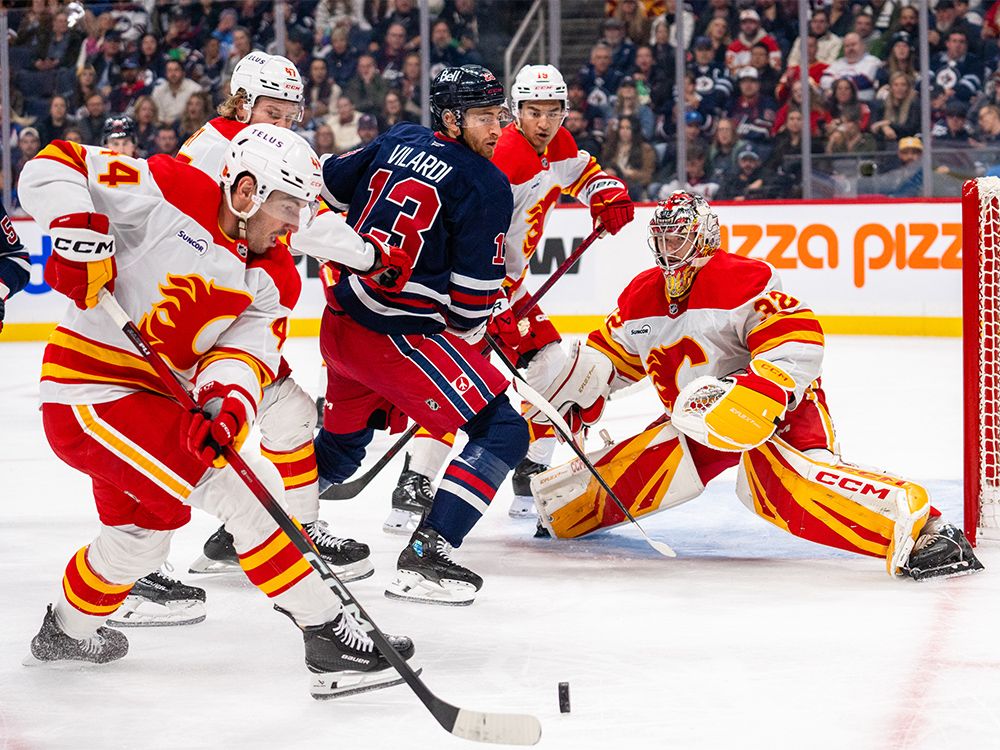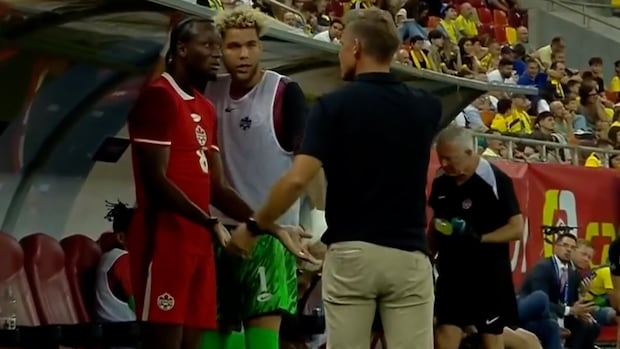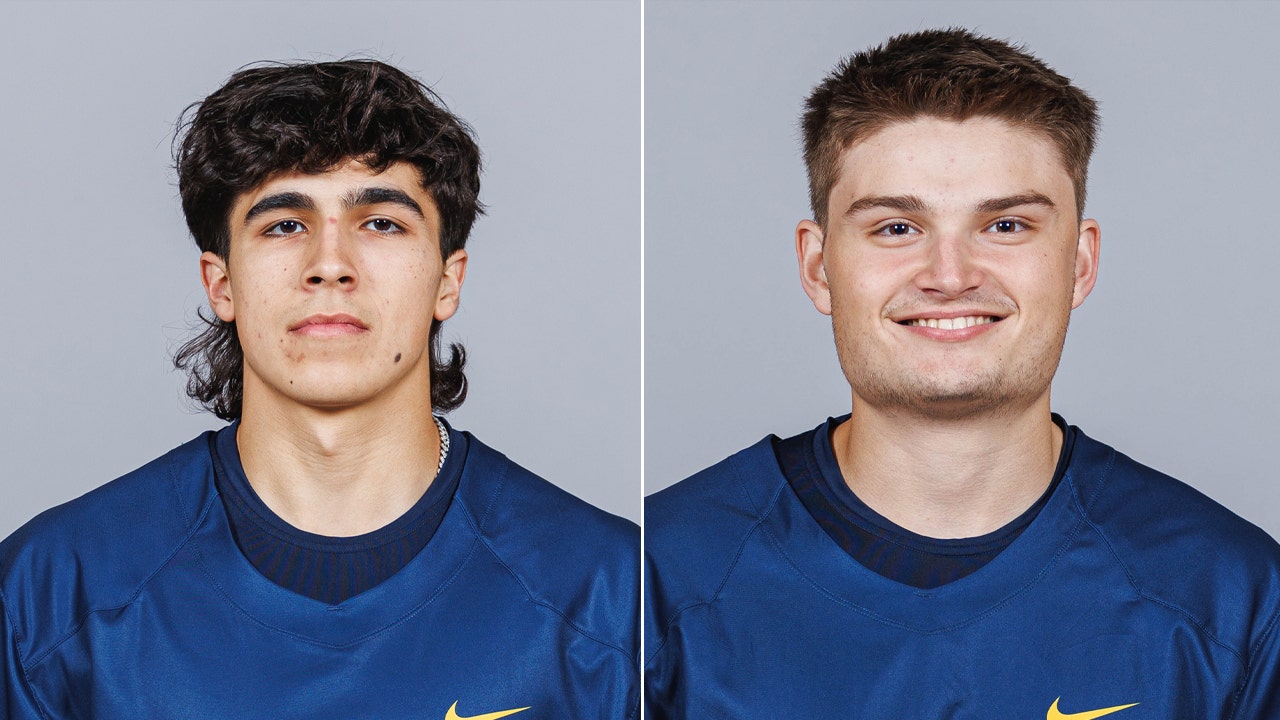Canadian WNBAers embracing women’s hoopla — the good and bad

The months from March through September were an exhilarating time for women’s basketball, as the sport took center stage in the cultural conversation. Caitlin Clark, the standout player from Iowa, captured the hearts of fans everywhere with her impressive performance that led her team to the national title game and earned her the first overall draft pick to the Indiana Fever. Clark’s remarkable three-pointers and scoring records made her a household name, propelling her to A-list celebrity status.
However, Clark’s rise to fame was not without its share of controversies. From her rivalry with Angel Reese of the Chicago Sky to some questionable media coverage and a minor disagreement with Diana Taurasi, Clark found herself at the center of attention for both positive and negative reasons. Despite this, the excitement surrounding women’s basketball continued to grow, culminating in a thrilling WNBA Finals where the New York Liberty emerged victorious over the Minnesota Lynx in a nail-biting five-game series.
The surge in popularity of women’s basketball led to the announcement of two new expansion teams in the WNBA, including one based in Toronto. Canadian players like Bridget Carleton and Aaliyah Edwards played pivotal roles in the success of their respective teams, showcasing their talent on the big stage and garnering increased attention for the sport. Edwards, in particular, emphasized the importance of staying true to oneself and making a positive impact both on and off the court.
As the women’s basketball calendar continued to unfold, Edwards found herself juggling a busy schedule that included national team commitments, off-season training camps, and participation in a new three-on-three league led by WNBA stars Napheesa Collier and Breanna Stewart. While the increased interest in the league was a positive development, potential challenges loomed on the horizon, including impending labor negotiations and discussions around revenue sharing and player compensation.
Despite the uncertainties ahead, the anticipation for the new WNBA team in Toronto was palpable, with players like Edwards and Carleton eagerly looking forward to the opportunity to play on home soil. As the sport continues to evolve and attract new fans, the future looks bright for women’s basketball, with the promise of more thrilling games, emerging talent, and exciting storylines to come. Stay tuned for updates on the NCAA season, the WNBA off-season, and the unveiling of the Toronto team’s identity and branding in the new year.




